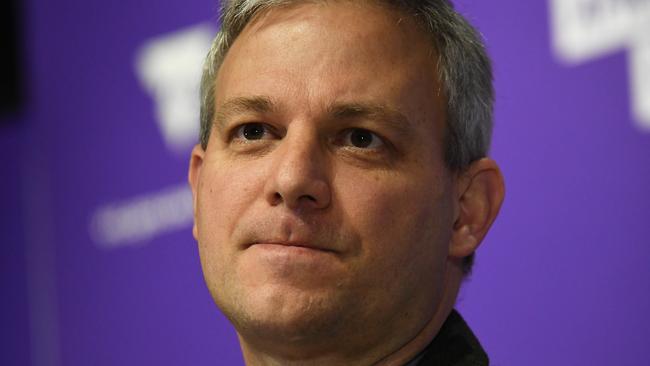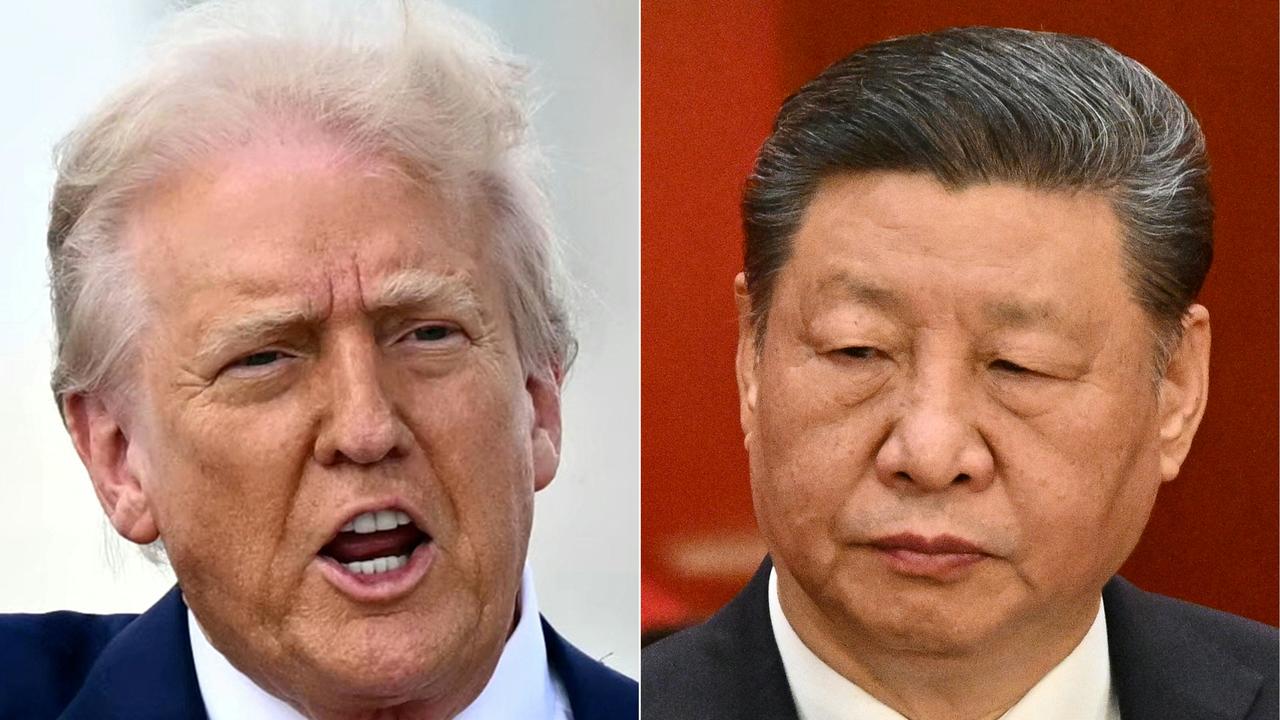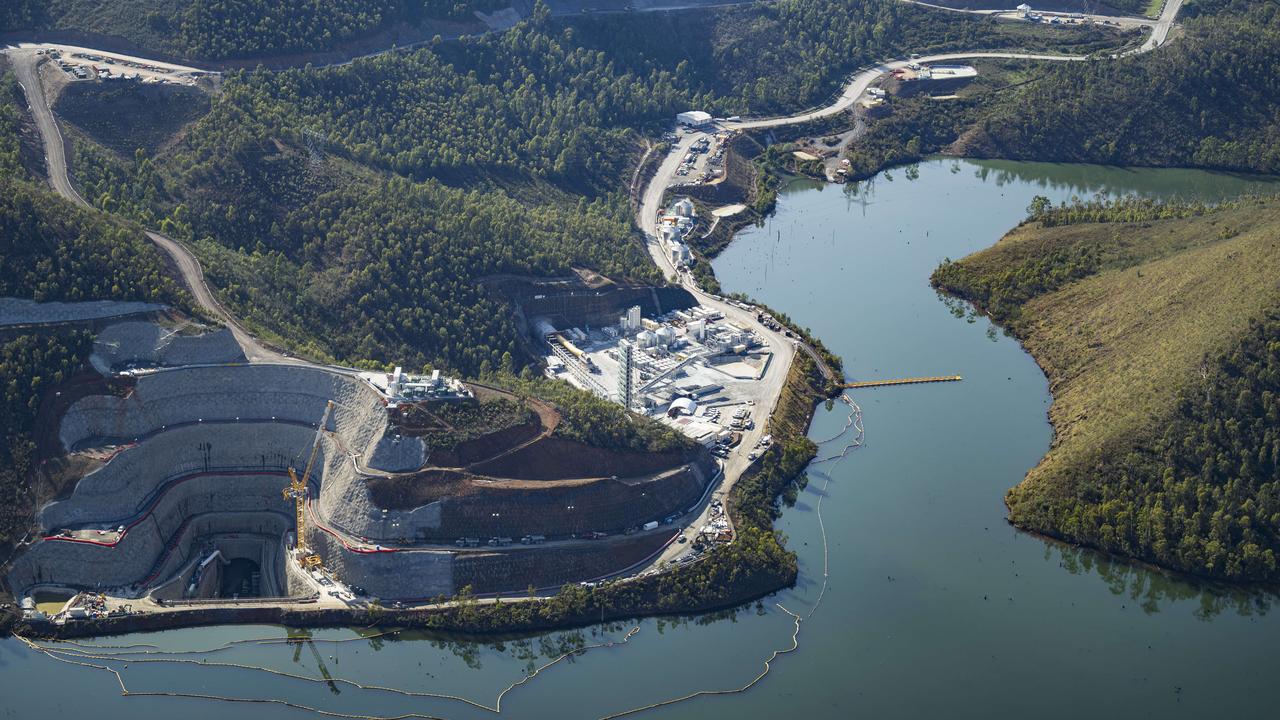Coronavirus: Second protester tests positive from Melbourne BLM rally
Victoria recorded 12 new cases and a new outbreak linked to a hospital patient.

A second person who attended Melbourne’s Black Lives Matter protest has tested positive to COVID-19, with Victoria recording 12 new cases and a new outbreak linked to a hospital patient.
As two primary schools closed their doors on Monday because of four children testing positive to the virus, the state’s top health official downplayed concerns about transmission at the June 6 protest, despite the young woman being “minimally symptomatic” at the time.
“I’m not convinced there’s necessarily been transmission at the protest,” said Victorian Chief Health Officer Brett Sutton.
“That individual took a great deal of care in terms of having a distance with others and I think is unlikely to have acquired it there, given there are a whole number of other places this individual has gone to without (personal protective) equipment. There are many other places this person could have acquired it.”
In NSW, three new cases were reported in 24 hours, with the source of infection for one under investigation. While two of the cases were returned travellers in quarantine, NSW Health said the third was a man from Illawarra in his early 20s. It was unclear where the man had contracted the virus.
Only 42 cases of COVID-19 are being treated across the state. None of the patients is in intensive care.
The bulk of Victoria’s latest cases have been linked to two separate clusters — an extended family group with homes in Melbourne’s northern and southeastern suburbs, and Monash Health in the city’s east.
A Monash Health patient, a member of their household and a healthcare worker have all tested positive.
The latest cases linked to the family outbreak include four children, causing Pakenham Springs Primary School and St Dominic’s Primary School in Broadmeadows to close on Monday to enable cleaning and contact tracing.
The latest coronavirus cases, which take the number of Victorians to have contracted the illness to 1732, come after the state government announced an easing of restrictions to increase the number of people permitted in indoor venues, including hotels and restaurants, libraries and churches. It also paved the way for a return to most recreational sport in July.
While the federal government last week flagged the potential for crowds of up to 10,000 to attend stadiums for sporting events, Dr Sutton said such a move in Victoria could be some time away even if the state “were to have cases down to zero for a couple of weeks”.
He said the government would want to be assured that behaviours, such as personal hygiene and social distancing, were “embedded” in people’s lives. “I think it’s premature to make a call on sports stadiums,” he said.
Dr Sutton urged people to remain diligent and get tested if they showed symptoms, including those who attended the protests. Last week it emerged that a man in his 30s who had attended the protest later tested positive.
Police have fined three of the organisers $1652 each for breaching the Chief Health Officer’s directives.
“It’s really in that first week (of exposure) that people overwhelmingly develop symptoms,” Dr Sutton said.
“These cases should be out there now.”



To join the conversation, please log in. Don't have an account? Register
Join the conversation, you are commenting as Logout